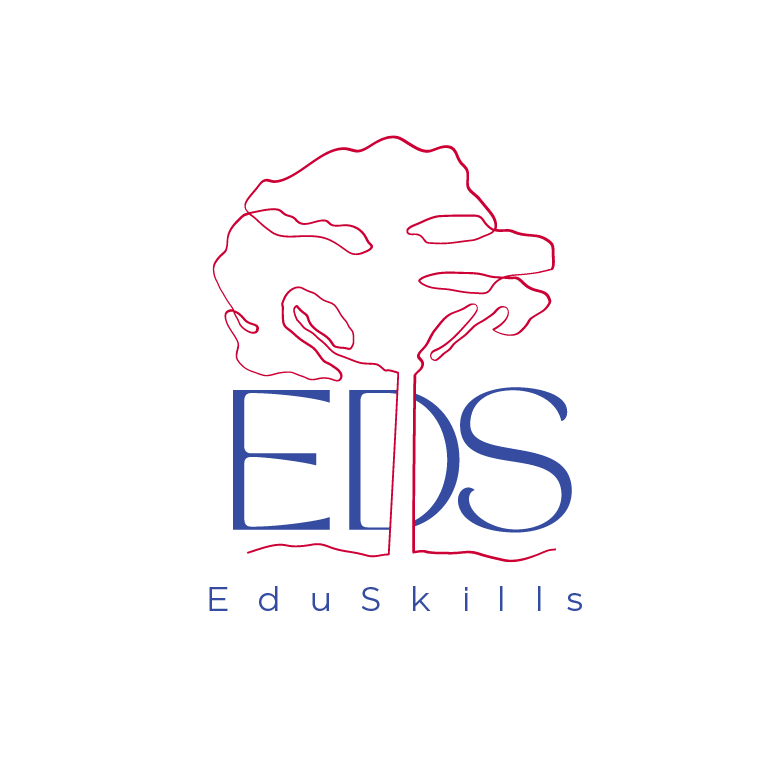AI, Language Learning, and Language Access
Dr. David Holbrook
One of the first films to come out that included some type of artificial intelligence (AI) was 2001: A Space Odyssey. In that film, the sentient supercomputer HAL is cast as the villain, killing everyone on a mission in space except the protagonist. The film came out in 1968. Fast forward to 1984, and the film The Terminator is released. In this film franchise, we see again that AI, Skynet, is the villain. Most movies or television series I’ve seen, where some type of AI is involved, except for maybe Person of Interest, have AI cast as the villain.
Today, AI is in the news practically every day, and usually for things aren’t good. AI can mimic so many things, including peoples’ voices, images, etc. and has the potential to be used in many nefarious ways. A recent report, apparently fake news, of a virtual test conducted by the military, included results that pointed to Skynet type results. This supposed virtual test (which has been denied as ever having taken place by the military), describes a scenario where multiple military drones controlled by AI were given orders to destroy a target and anything that got in their way of destroying the target. The virtual drone controller gave commands to the drones that impeded their ability to destroy the target. The drones interpreted the virtual controller as something that was impeding their ability to destroy the target and subsequently ‘killed’ the virtual controller. This would be really scary if it had actually taken place! It is these negative images of AI that tend to make the news (or fake news), but if you pay attention, there are some applications of AI that can have a positive impact. AI is a notetaker in online meetings, helps with taxes, analyzes football statistics, and the list goes on. One area to watch is the applications of AI for language learning and language access (translation/interpretation), but care needs to be taken to avoid compliance violations.
Language Learning Applications of AI
Companies are already working on AI applications for language learning and some may already be implemented. One application of AI is in the area of interactive online language learning using chatbots, where a language learner can carry on a conversation in the language being learned with an AI chatbot avatar that produces speech that mimics human speech and also corrects the learner’s errors. This can include interactive ‘environments’ where a language learner is introduced to a ‘scene’, such as a restaurant kitchen with multiple employees, where the learner can interact and ask avatars questions. This also has potential applications for teaching “English for Special Purposes” or ESP. For example, there is specialized vocabulary that a plumber knows that perhaps isn’t part of most people’s vocabulary. Who knows what a monkey wrench is, and what the difference is between a monkey wrench and a pipe wrench (they are the same)? An AI chatbot can be designed to teach the vocabulary associated with these special circumstances. AI can also be programmed to produce more natural speech, such as speech that includes contractions, idioms, and other figures of speech. Finally, AI has applications in the areas of language proficiency assessments and scoring language assessments. With AI scoring tests, especially the writing and speaking components, results could be obtained almost instantly.
Language Access Applications of AI
Civil Rights laws require that communications be provided to parents in a language they understand. This includes written translations to the extent practicable. If written translations are not practicable, oral interpretation must be provided. The potential for AI applications in this area are significant, but they also must take into account compliance requirements related to machine translation. Online machine translation software, such as Google Translate, is known for the potential for significant errors. Civil Rights guidance requires documents translated using machine translation to be reviewed and updated as necessary by a qualified, trained translator. AI translations, another type of machine translation, has the potential to significantly reduce the potential for errors, however, it is still anticipated that Civil Rights will require translations produced by AI to be reviewed and updated as necessary by a qualified, trained translator. With the advent of AI chatbots, it is possible that we will see AI applications that replace over-the-phone oral interpretation and video oral interpretation with AI chatbots and avatars. While it is fairly new territory for Civil Rights compliance, there is a parallel that will likely apply. If a parent or family member brings an outside interpreter to a meeting, Civil Rights guidance requires that the district provide an interpreter to ensure that the outside interpreter doesn’t make any errors. If an AI oral interpretation application is used, it is possible that Civil Rights would consider this an outside interpreter and require the district to provide an interpreter to correct errors.
Finally, one area where AI could hugely benefit communications with parents is text-to-speech in any language. There are significant numbers of parents and family members who require communications in a language other than English, but who are not literate in their preferred language. This requires that districts provide oral interpretation so these parents and family members are able to access the information provided in written communications. With the ability of AI to mimic human speech, including tone and intonation patterns, an AI application that can read documents to parents and family members in their preferred language could address a significant need for schools and districts when sharing translated written communications with parents who aren’t literate in their preferred language.

